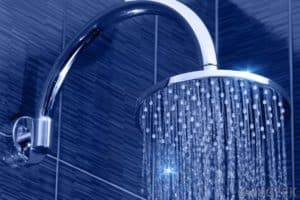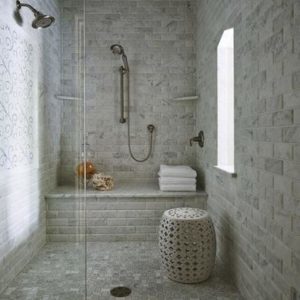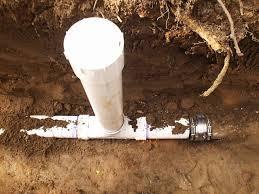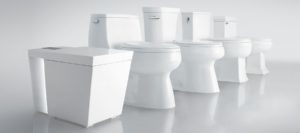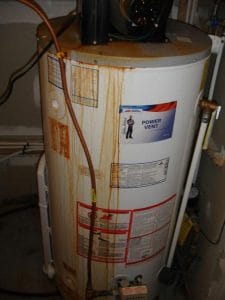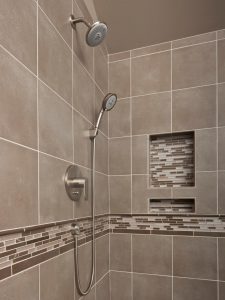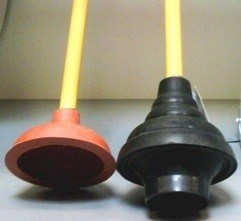Gas plumbers in Washington DC offer a wide range of gas line services to residential and commercial clients in the city. These plumbers undergo rigorous training in the gas plumbing industry. They start at the apprenticeship level before proceeding to the journeyman level and finally graduating as master gas fitters. Some of the most common gas plumbing services include new gas line installations, gas leak detection and repair, retrofitting old buildings with gas lines, new gas appliance connection and reconnection, gas appliance repair and maintenance, and many more. Many people use both gas and electricity to power their houses and commercial buildings in DC. Gas-powered appliances use either natural gas or propane. One thing that you should always remember about gas as a fuel is that it’s highly flammable. Therefore it’s very important to observe various safety measures when using gas at home. New gas line installations are very common in DC. Here are a few reasons why you might have a master gas fitter install new gas lines in your house in Washington DC.
To Connect A New House
If you are building a new house, you have to include the installation of an energy source in the construction process. Your house will require a source of power for the various devices that require energy to operate. This means that you have to decide the best power source to connect to your new house. You can start by connecting to the electrical grid and wiring the whole house to tap into this power source. You can also contact a gas supply company in order to access the main gas supply line in your locality. If you decide to use gas as the main or supplementary energy source in your house, you should request professional DC gas line services for a proper connection. New gas lines will be installed in various rooms in the new house where you require gas. This is one of the main reasons for installing new gas lines at home.
To Shift From Electricity
Some people use only one type of fuel in their homes. Electricity is still the most popular fuel in the United States. But many people are now shifting towards natural gas and propane because they are cheaper. Gas costs far much less than electricity. It also heats up much faster than electricity. You can retrofit your house with new gas lines in order to supplement electrical energy with gas in your home.
To Add New Gas Appliances
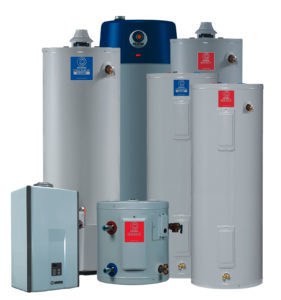 If you wish to add new gas-powered appliances in your house, such as a new gas water heater, you will need to install new gas lines to supply the new appliances with the fuel. This is not always necessary because you can still tap into the existing gas lines. But if you have many new additional gas appliances, new gas lines must be installed in your home.
If you wish to add new gas-powered appliances in your house, such as a new gas water heater, you will need to install new gas lines to supply the new appliances with the fuel. This is not always necessary because you can still tap into the existing gas lines. But if you have many new additional gas appliances, new gas lines must be installed in your home.
To Replace Old Worn-Out Gas Pipes
If you already have gas lines in your house, you are advised to inspect them regularly to ensure that they are in excellent condition. If some of these old gas lines get damaged maybe due to corrosion or cracked seals, you have to replace them with new gas pipes.
To Connect New Rooms And Structures
If you have expanded your house with new rooms or structures and you wish to supply them with gas, then you will need to install new gas lines in these new places.




